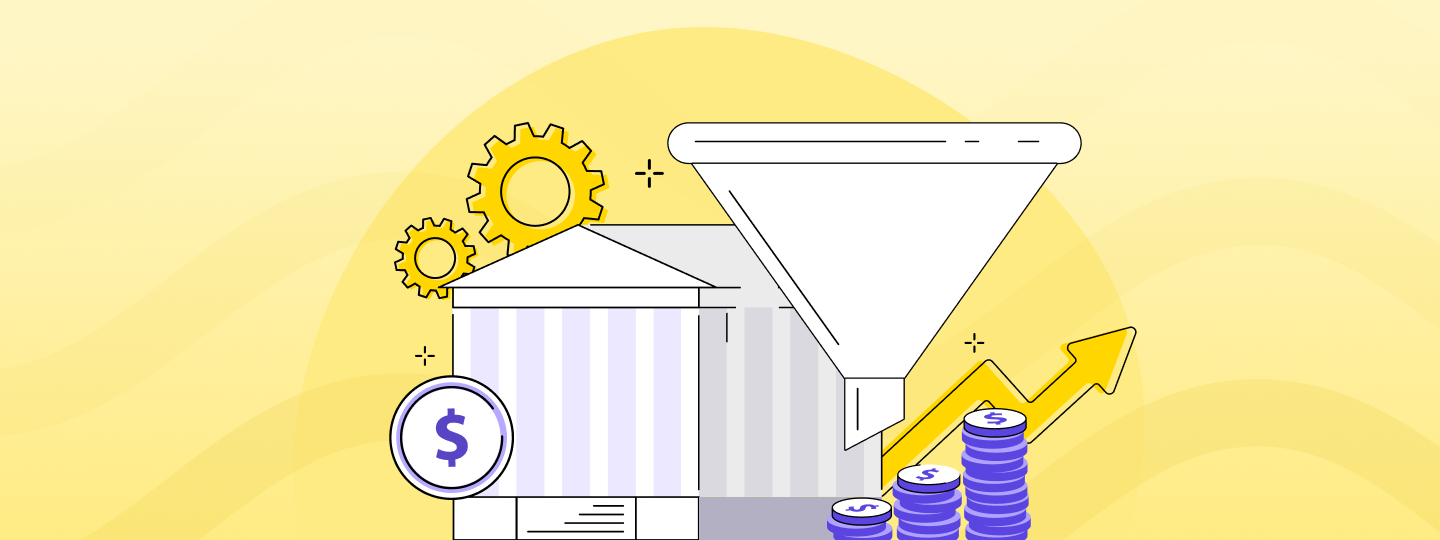The digital transformation of India’s payment landscape has been nothing short of revolutionary. From everyday transactions like buying a cup of tea to enjoying a delicious plate of dumplings, Indian consumers have embraced digital payment apps. In fact, the value of instant digital transactions in India surpassed that of the United States, Britain, Germany, and France last year. Behind this impressive growth, credit must be given to product teams who have deeply understood their customers by analyzing user funnels.
Understanding Funnels
A marketing funnel represents a user’s journey using various metrics such as user path, interactions, and drop-off rates. It can encompass single or multiple user interactions leading to a specific goal. Funnels help teams gain profound insights into user journeys, whether digital or physical, enabling them to make data-driven decisions.
Creating and Analyzing Funnels
Creating a funnel involves defining a clear goal and mapping out the events or steps users take to reach that goal. For example, a payment gateway like PhonePe aims for users to make at least one transaction per week. The funnel for this might include steps like ‘click on “transfer money”‘ to ‘payment made,’ with each step being an event.
Analyzing funnels involves studying user behavior in-depth. Teams can track metrics over different time periods, regions, and events. Here’s a checklist for driving actionable insights from funnel analysis:
1. Define clear funnels.
2. Track user interactions at each stage.
3. Set key performance indicators (KPIs).
4. Visualize your funnel.
5. Identify leakage points.
6. Conduct A/B testing.
7. Utilize heatmaps for user behavior.
8. Segment your data for different user demographics.
9. Perform path analysis to understand user flow.
Using Funnel Analysis for Insights:
Funnels can be a goldmine of insights for payment companies. Here are some ways to leverage funnel analysis data:
1. Find Traffic Sources: Identify high-traffic areas and reasons for user drop-offs. This can help improve user experience.
2. Identify High-Quality Users: Focus on users who perform core actions, engage with your brand, and solve their problems. Funnel analysis can help spot these users and tailor efforts accordingly.
3. Understand Individual User Journeys: Analyze user journeys to gain a comprehensive breakdown of funnel performance.
4. Analyze Data Over Time: Study user behavior over different periods to understand trends and the impact of new features or changes.
5. Make Conversion Analysis: Use funnel analysis to track how users progress through various stages and identify drop-off points.
6. Study High-Impact Pages: Focus on exit pages to understand why users leave and improve engagement.
7. Drive Evidence-Based Decisions: Funnels provide a clear visual representation of user journeys, making decisions more objective and data-driven.
8. Average Time to Convert: Measure the time users take to complete their desired action, helping you optimize strategies.
Conclusion
Funnel analysis is a powerful tool for payment companies to gain insights into user behavior, identify areas for improvement, and make data-driven decisions. By leveraging funnel analysis data, these companies can enhance user engagement, optimize their processes, and ultimately drive business success.
[Note: This content is a summary of a post from our partner and can be found in its entirety on the partner’s website at https://webengage.com/blog/funnel-analysis-for-payment-companies/]





